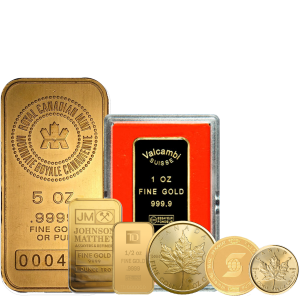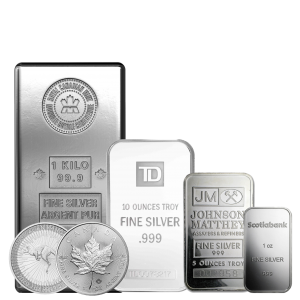

Draped Bust Half Dollar (1796 - 1807)


Image Courtesy of Professional Coin Grading Service (PCGS.com)
Made between 1796 and 1807, the Draped Bust Half Dollar is a wonderful example of early American currency. Being among the first designs ever used for a half-dollar in American history, it captures a period when the country's monetary system was experiencing significant change.
The Draped Bust, Small EagleThis design is comparable to that of the remainder of the silver denominations that were issued during the years 1796–1797. The obverse of the coin has a representation of Miss Liberty looking right, with her hair flowing freely and a ribbon knotted behind her head. Additionally, her plunging neckline is covered with drapery. Below the date is where you will see the term "liberty". There are variations of the 1796 coin that have either 15 or 16 stars on the obverse, but there are variations of the 1797 coin that have all 15 stars. A visually stunning image of an open wreath that contains a little eagle and is encircled by the United States of America and the fraction ½ can be found on the coin.
The Heraldic Eagle, Draped BustFirst published in 1796, the Draped Bust obverse's concept was carried over into this version, which ran until 1807. Now standardized were the thirteen stars, seven on the left and six on the right. Printed on the dimes and dollars in 1798, the reverse of the "heraldic eagle" was first time printed. The half dimes of 1800 were printed on the half of the coins. Adapted from the Great Seal of the United States of America, it featured an eagle with a shield on its breast, arrows and an olive branch, and a scroll bearing the words "E Pluribus Unum" penned on its beak. Above the eagle is an arch of clouds, and below it, one finds a cluster of stars. Its surroundings are the United States of America.
MintageMintage counts for the Draped Bust Half Dollar were quite low in comparison to those of the following half-dollar series. Particularly small mintages of just a few thousand pieces were produced for the 1796 and 1797 issues, both of which featured the reverse of the Small Eagle.








